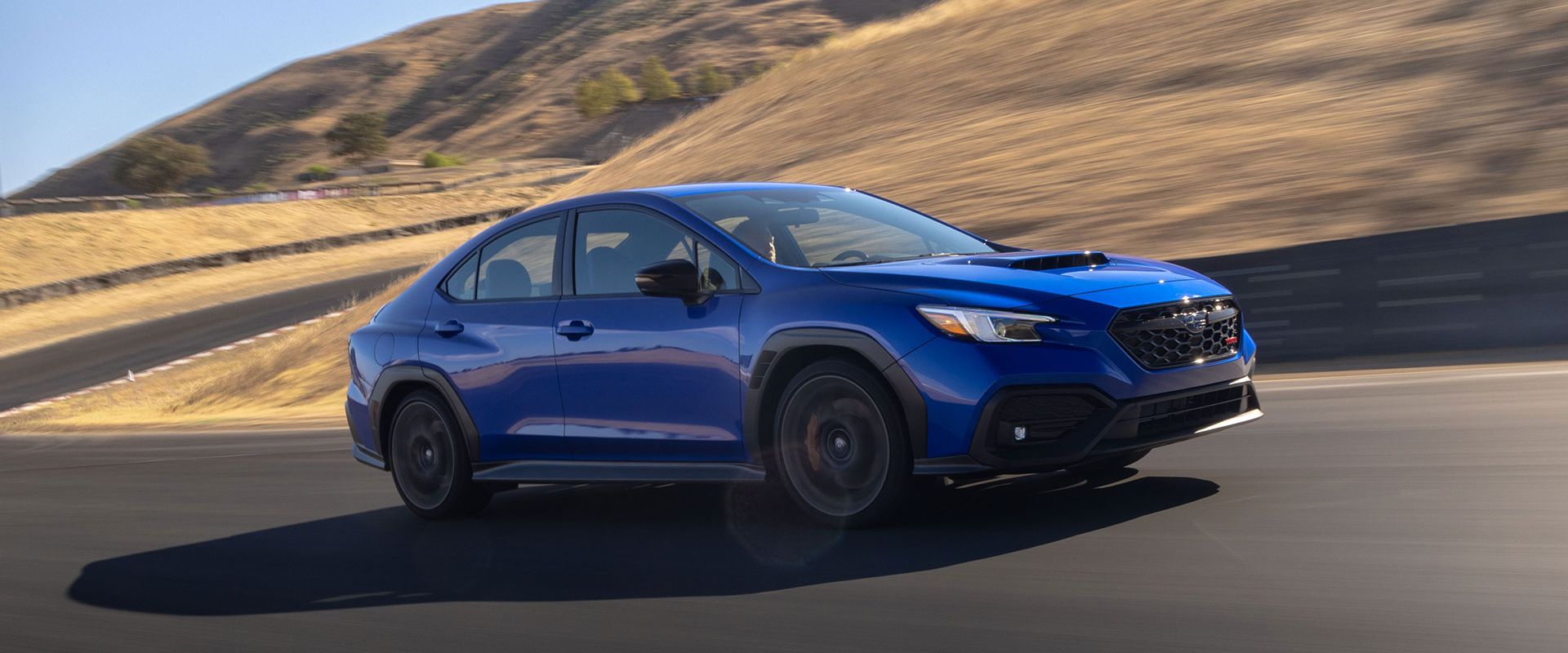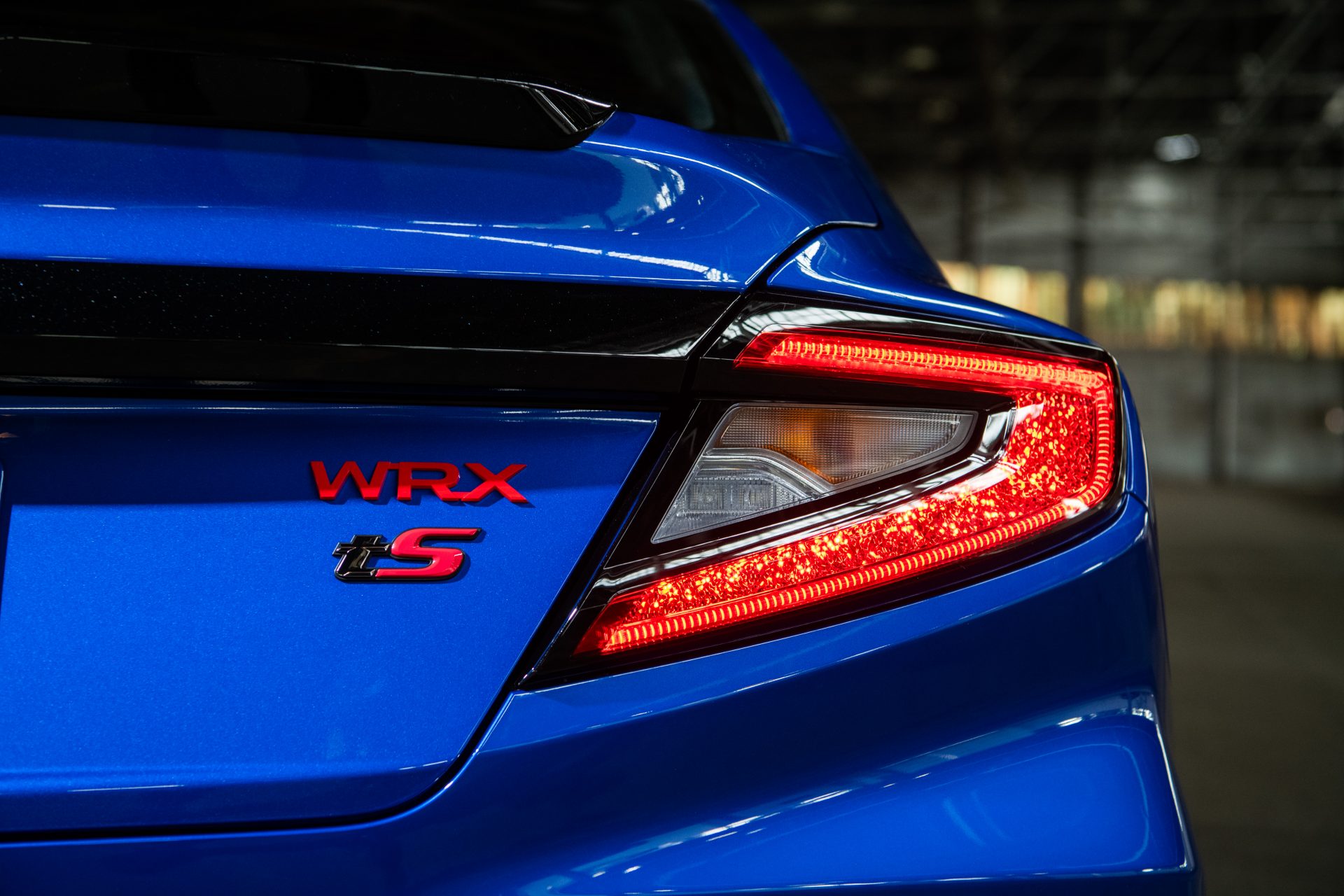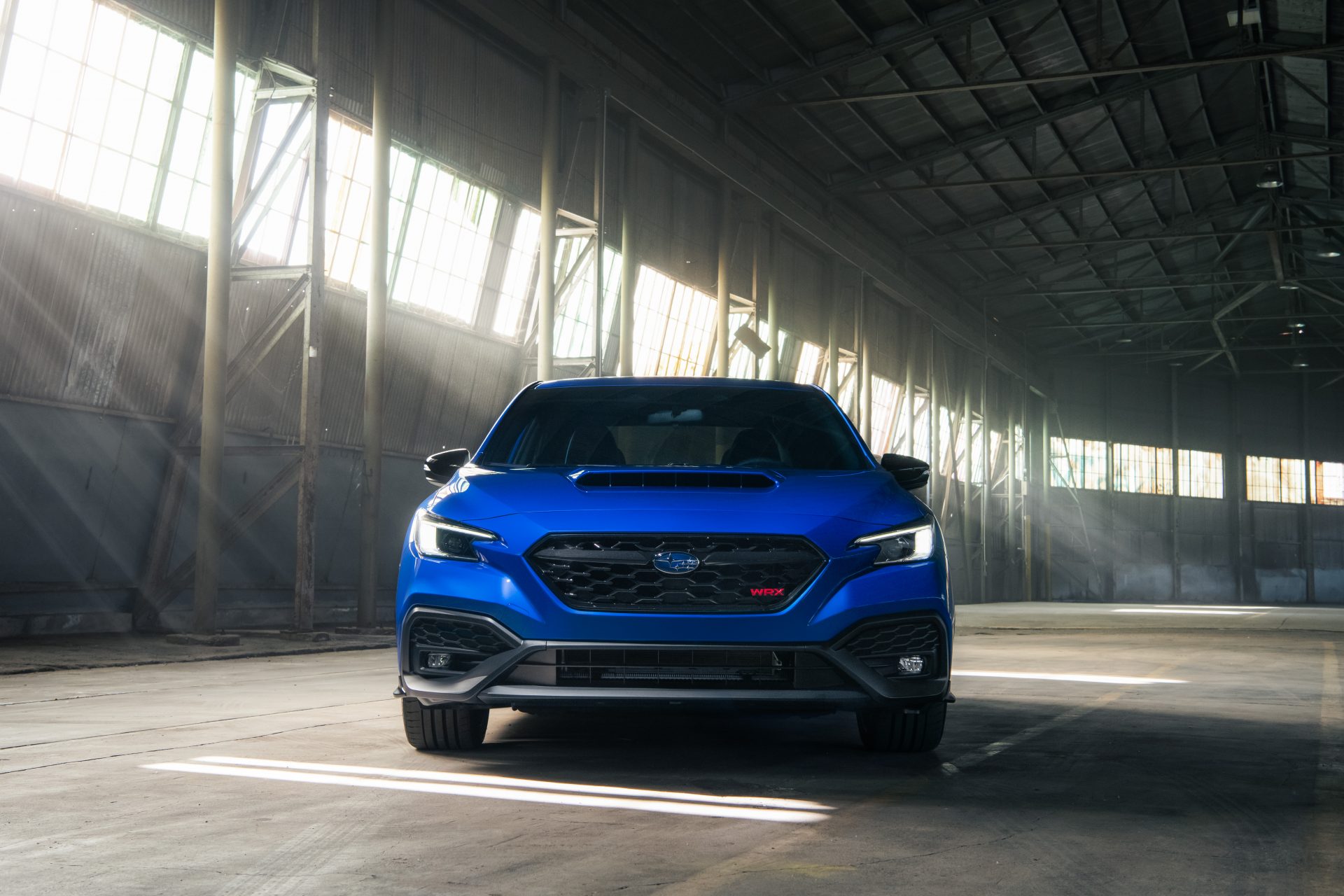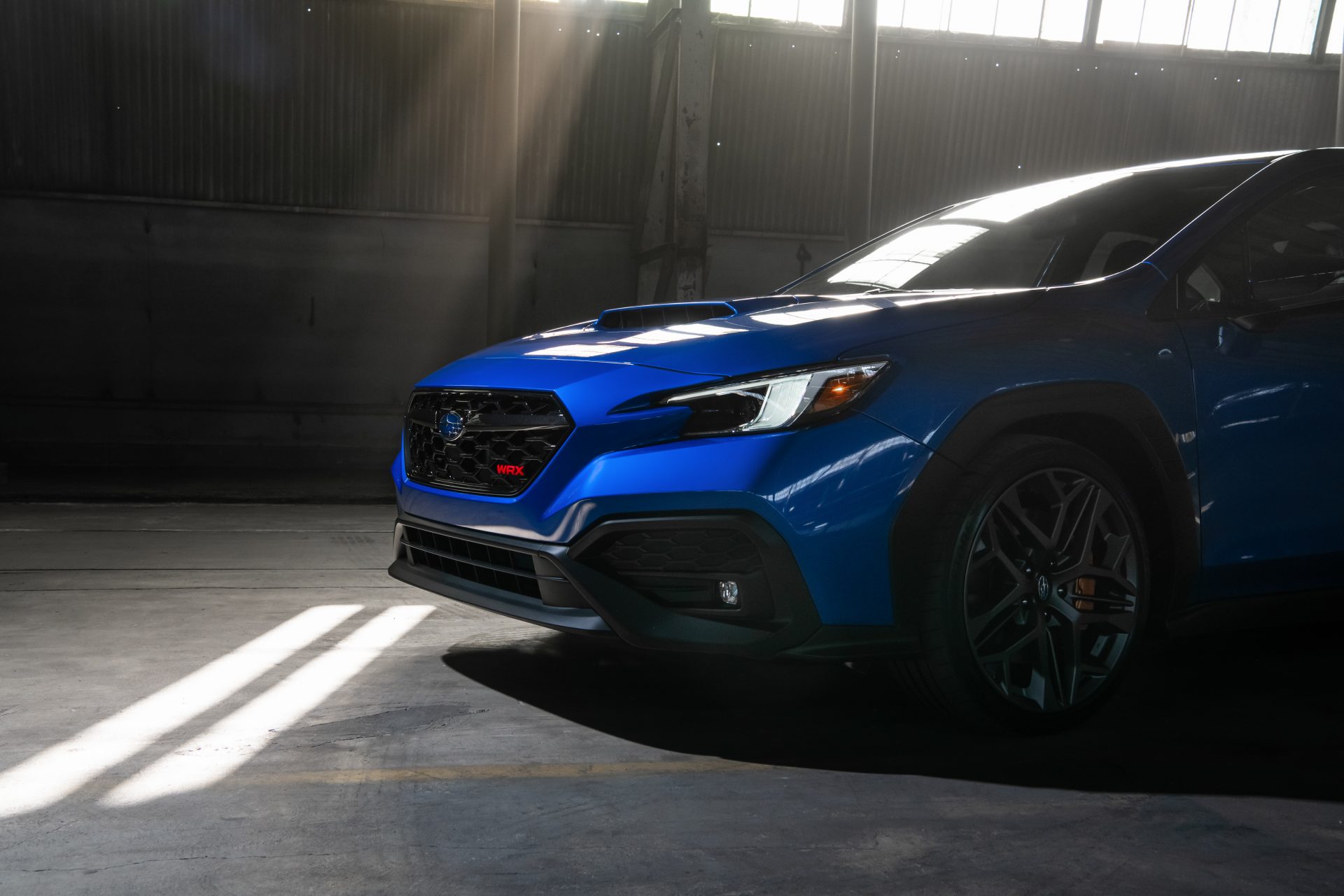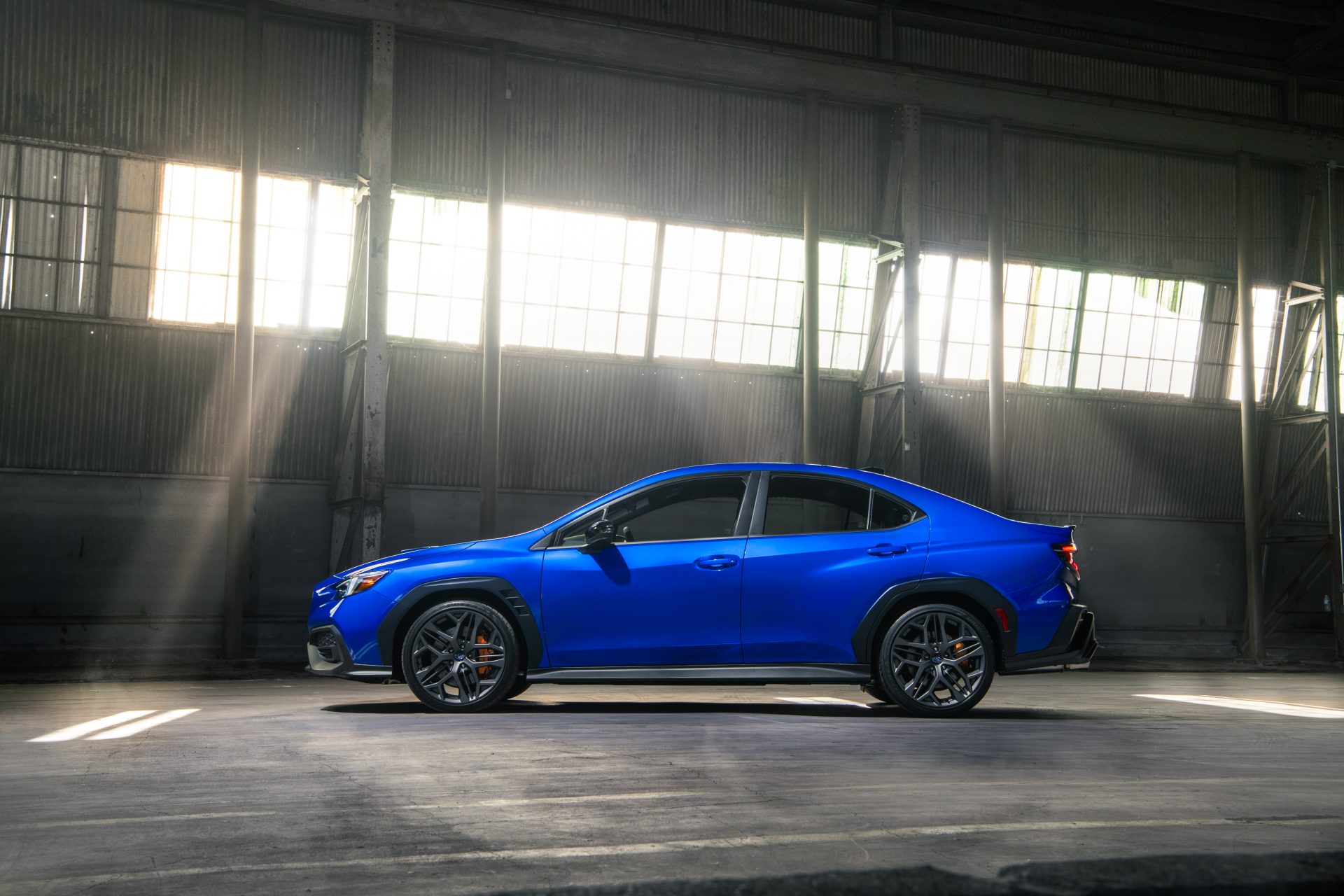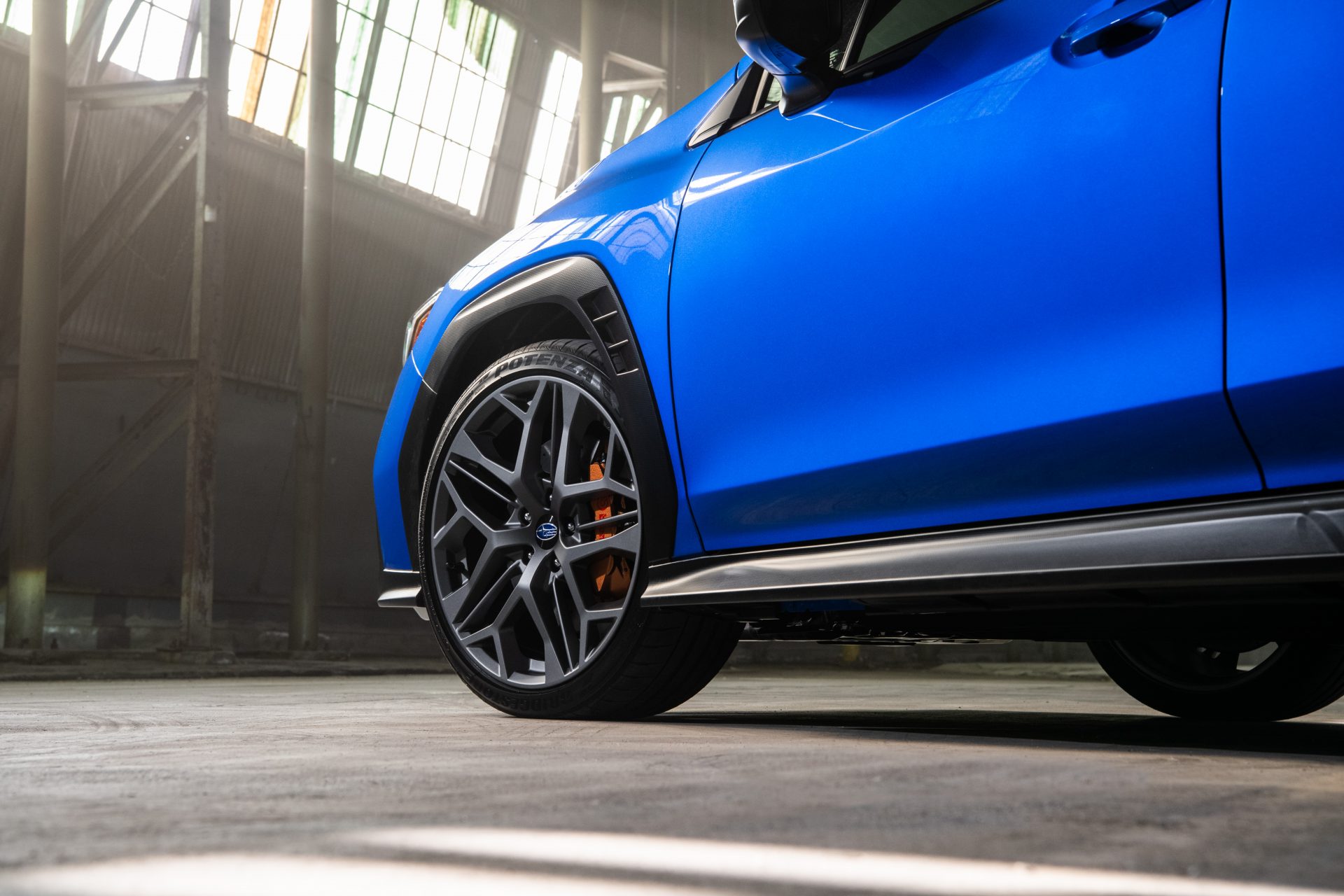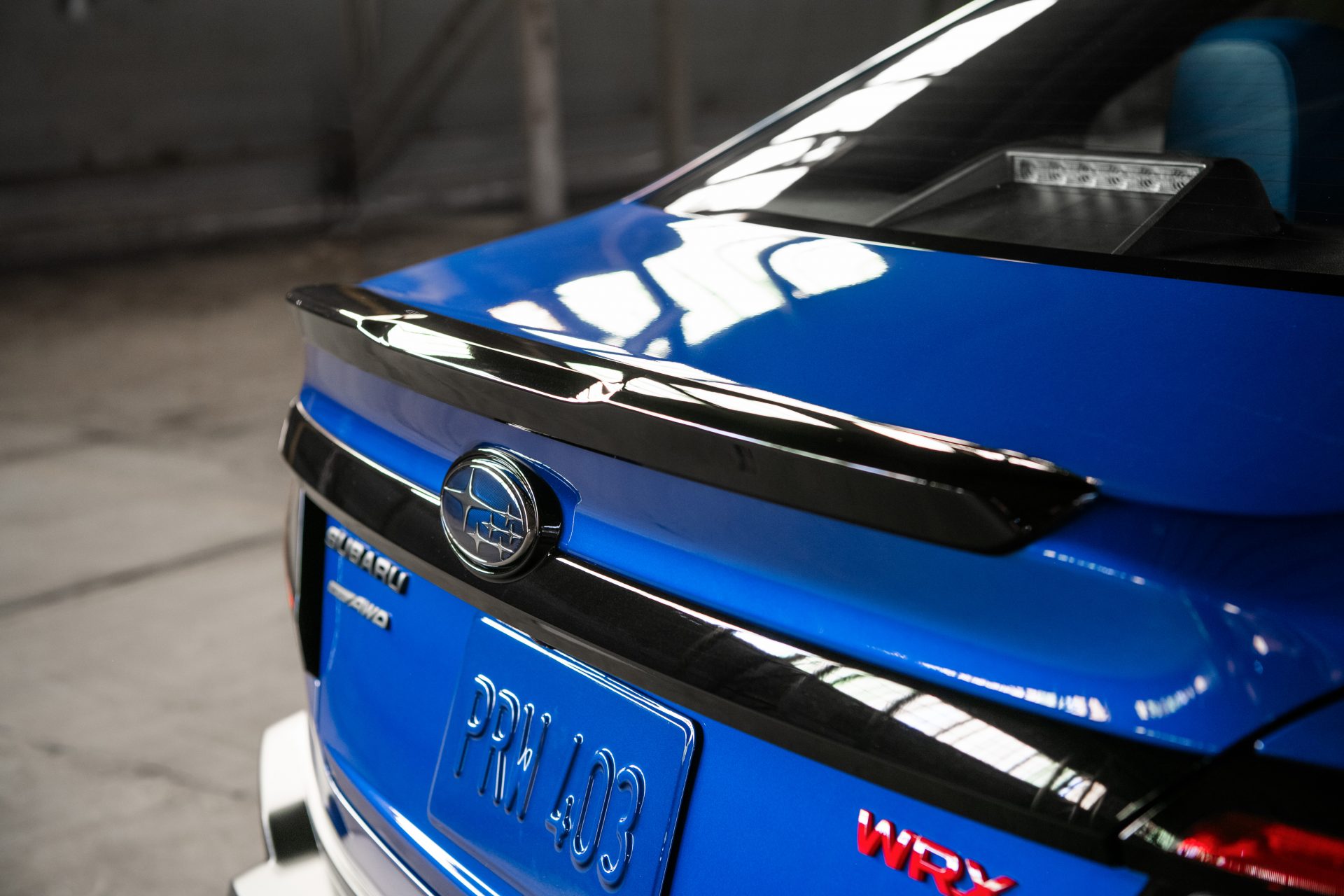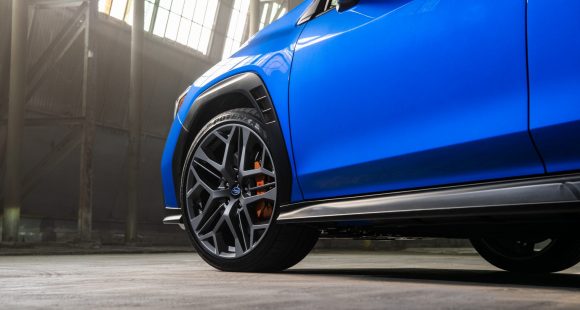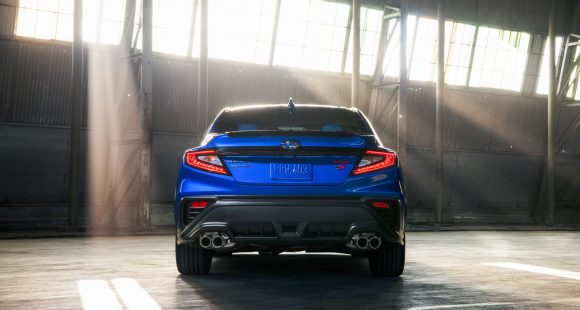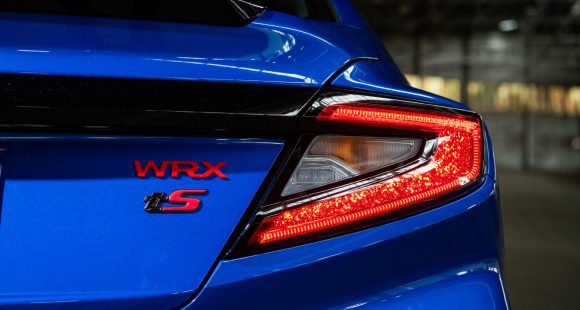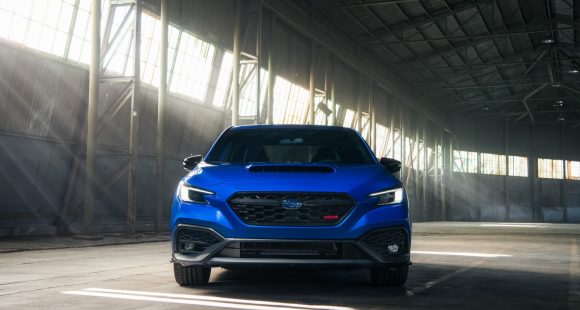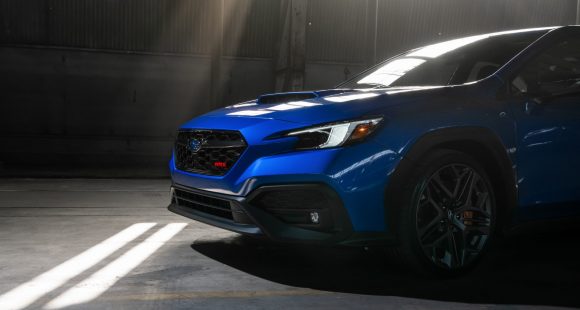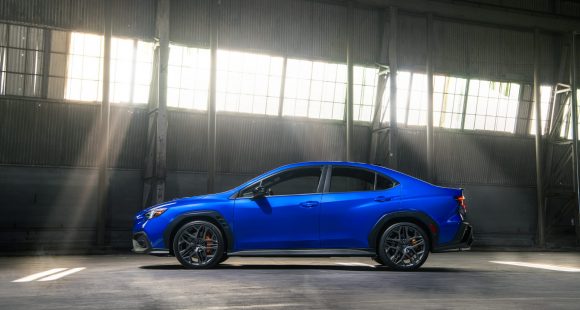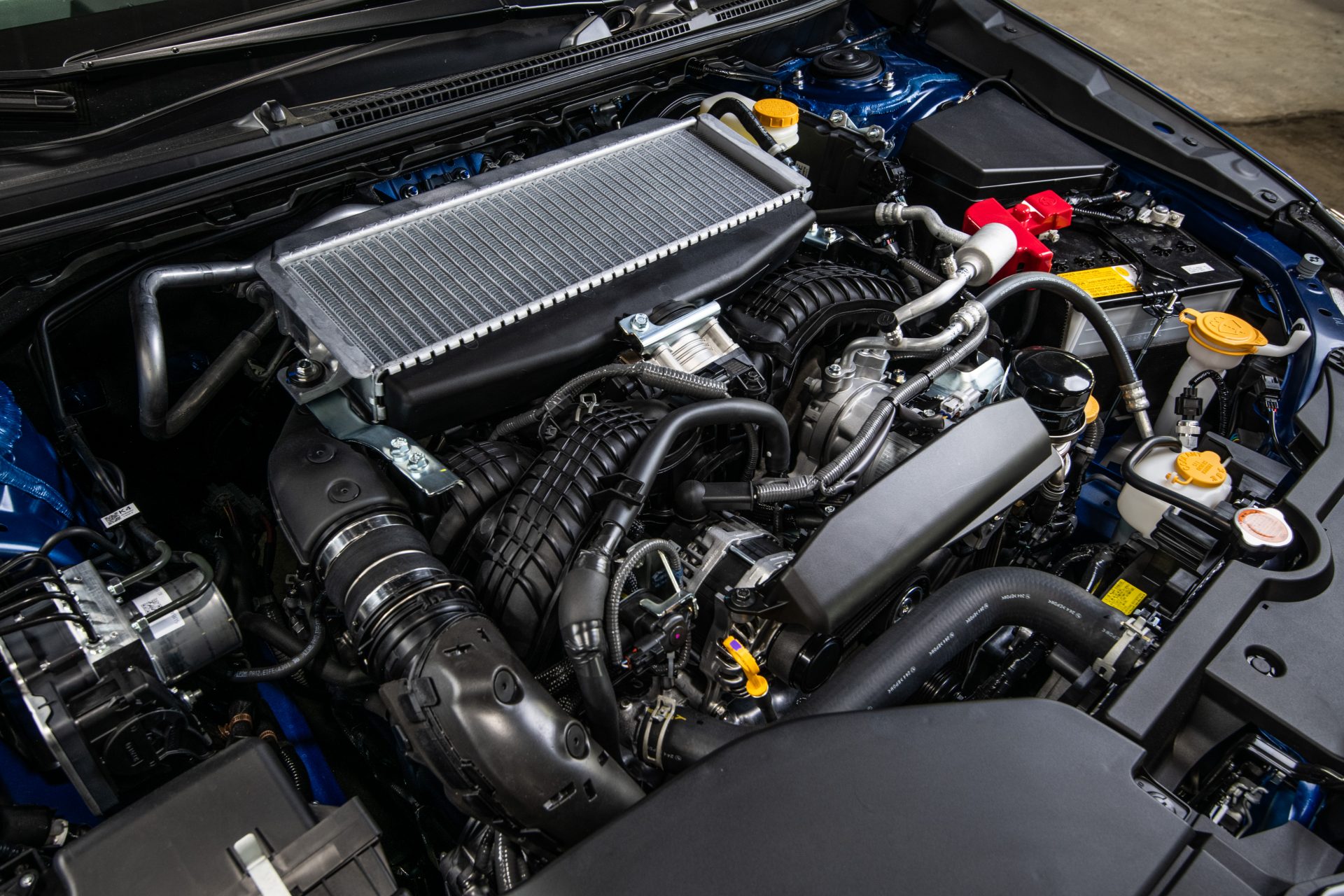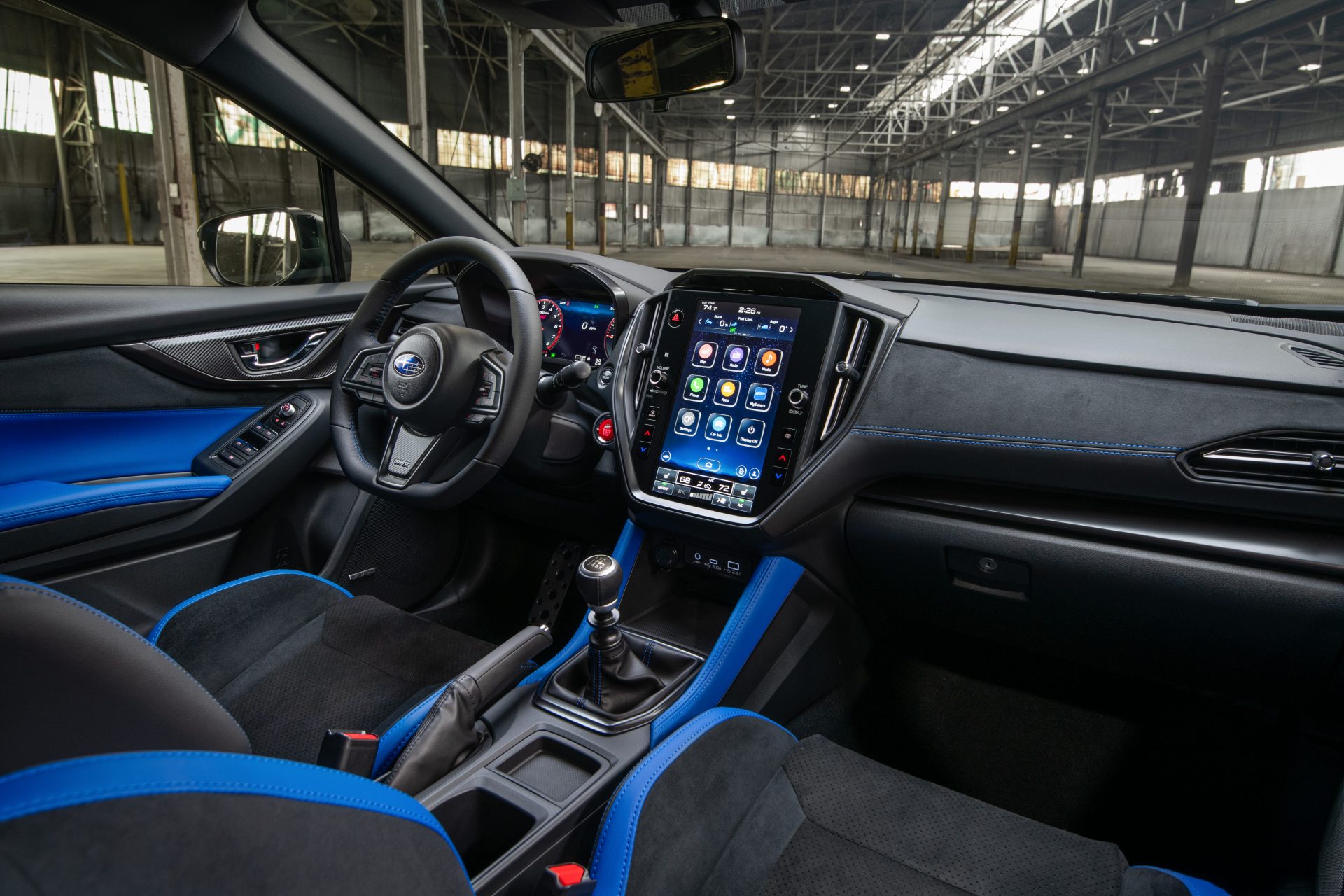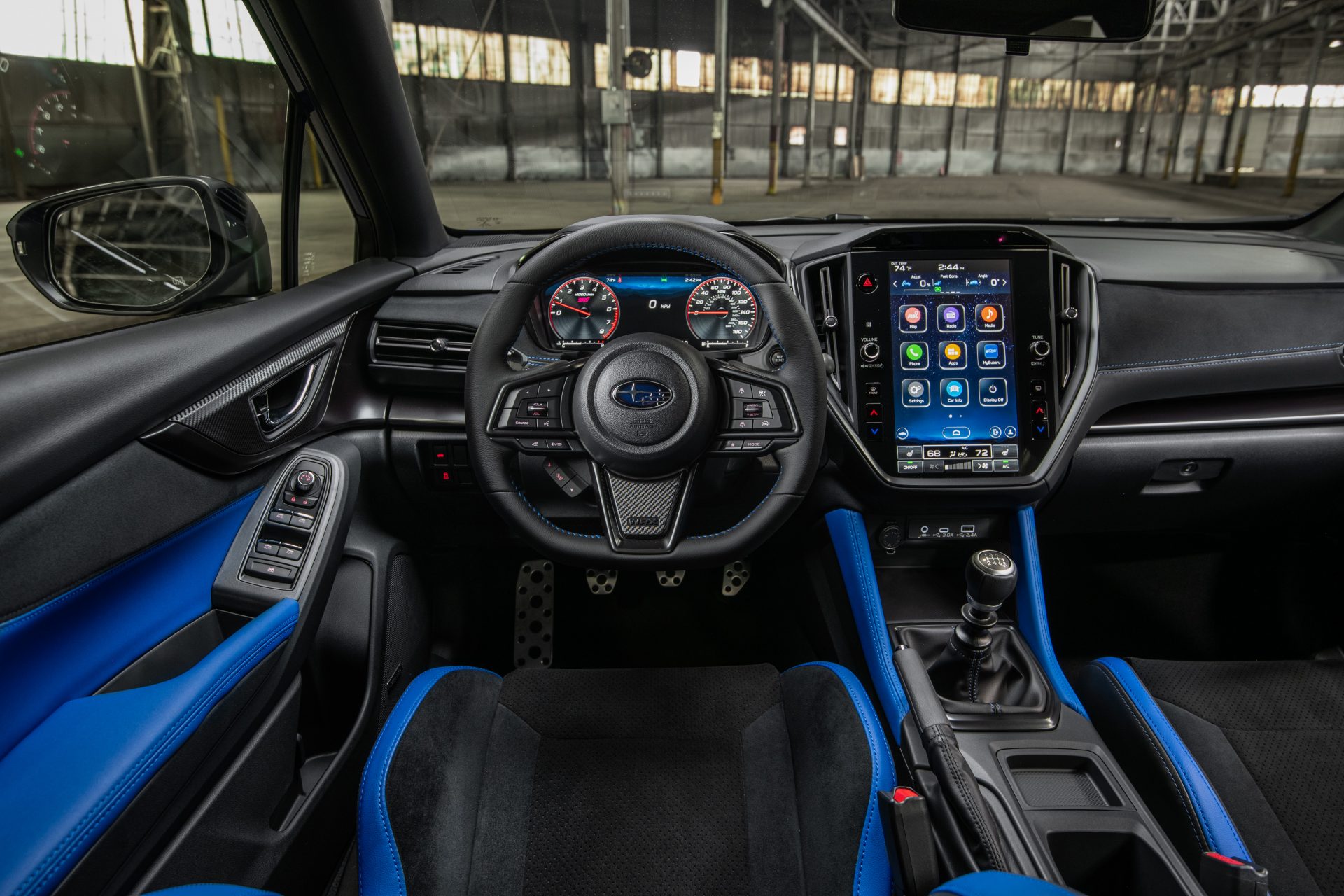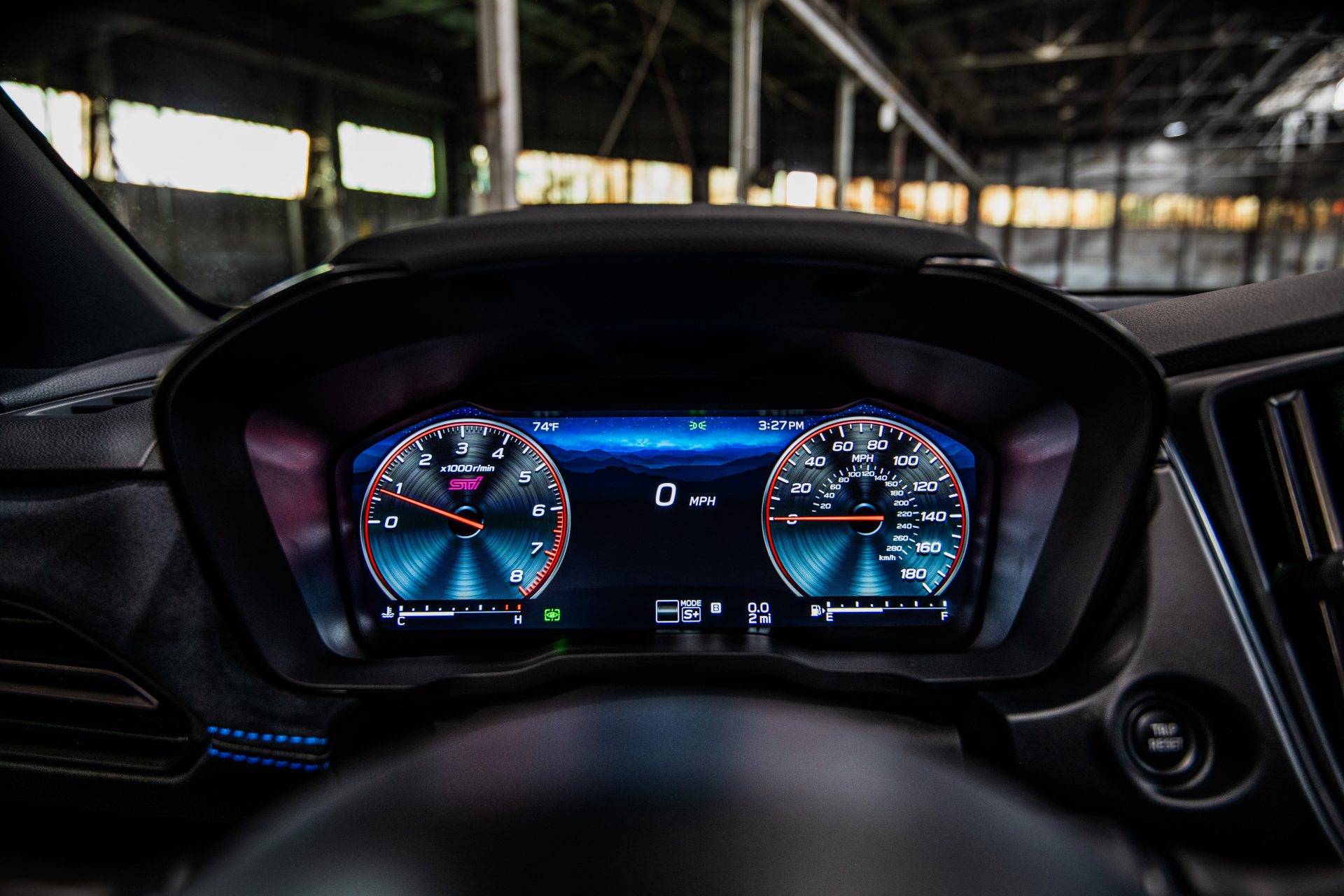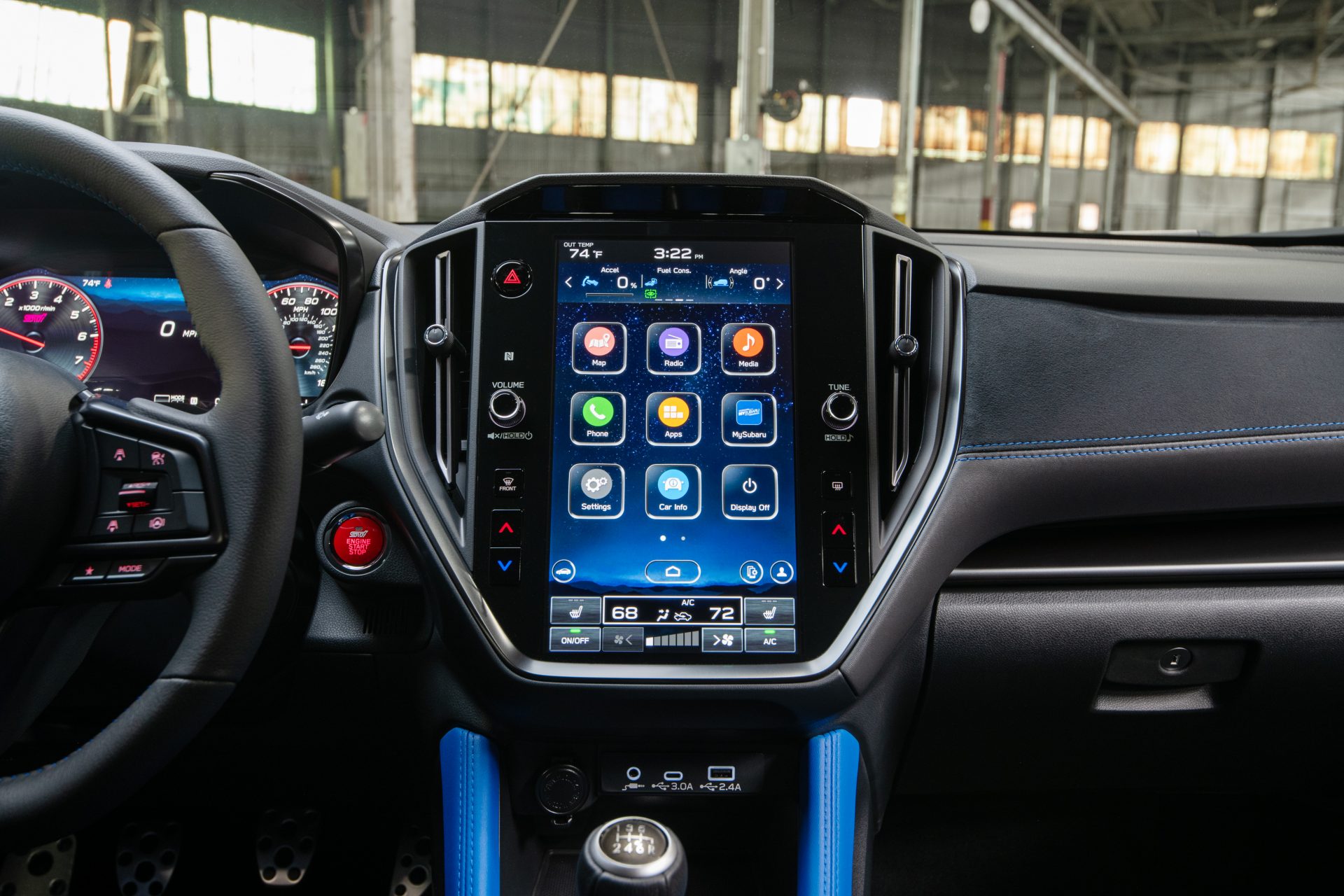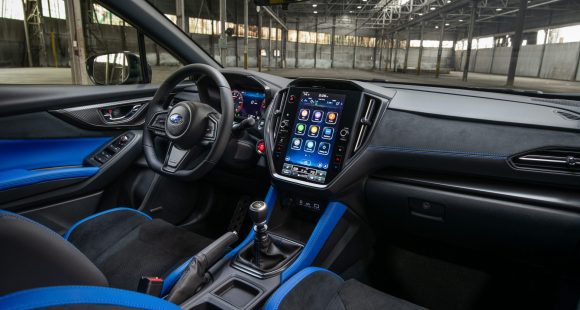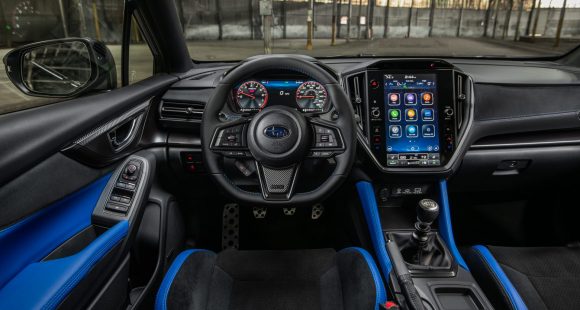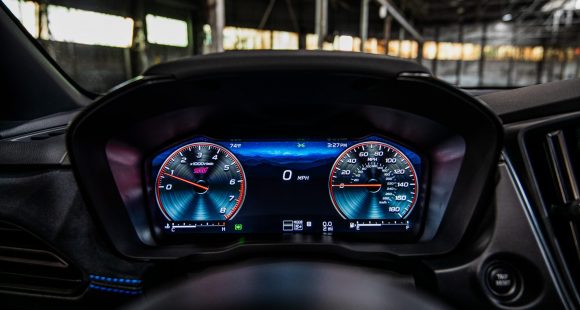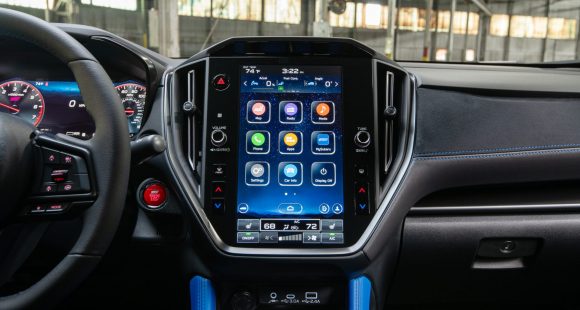2016 Toyota Prius
While almost every major car brand offers some form of hybrid vehicle, it’s Toyota that is truly the hybrid champ, with over 8 million hybrids on the road worldwide. And the vast majority of them are the hybrid that started it all, the Prius. Well, believe it or not, now it’s time for a 4th generation of the popular gas-electric. Let’s see if it’s still a green-machine benchmark.
Not only is this 2016 Toyota Prius all-new, but it’s built on Toyota’s New Global Architecture that will carry a wide variety of new models in years to come; not just hybrids.
And while that might be mostly about cutting costs and simplifying production, it’s a much stiffer platform that is supposed to deliver a more rewarding driving experience; not a past Prius strong suit. Is this the fun to drive Prius we’ve been waiting for?
Well, a first-time double wishbone independent rear suspension is certainly an upgrade over the former torsion beam. It provides both a smoother reaction to bumps, and better grip in corners.
Now, we’re not saying it can now moonlight as a track day ride, but there is clearly a better, more in control feel behind the wheel. Furthermore things have gotten quieter and visibility has improved all around.
 Prius is longer than before, by over 2-inches; and appears less bulbous, if also less familiar. In fact, a taller front grille area, most probably for pedestrian crash protection, and a flatter, more defined hood, alters the traditional Prius triangular profile significantly. The stance is wider, lower, and with lots of front fascia character lines, far more aggressive.
Prius is longer than before, by over 2-inches; and appears less bulbous, if also less familiar. In fact, a taller front grille area, most probably for pedestrian crash protection, and a flatter, more defined hood, alters the traditional Prius triangular profile significantly. The stance is wider, lower, and with lots of front fascia character lines, far more aggressive.
Lighting is a big contributor to that theme too, from the standard, menacing slim LED headlights, to the form following signature tails.
New looks and improved driving capabilities are great, but Government Fuel Economy Ratings are far more important to the Prius buyer. While not yet finalized, Toyota estimates 54-City, 50-Highway, and 52-Combined. Or overall, 2 more than last year.
There will also be an Eco model with lighter weight and enhanced aerodynamics that will push the numbers even higher, to 58-City, 53-Highway, and 56-Combined.
As for the hybrid gasoline-electric powertrain behind those gains, it has gotten lighter and more compact.
The gas-fed internal combustion part remains a 1.8-liter I4; but it’s been redesigned top to bottom. And while fuel efficiency is up, power is down. Total output now comes at 121-horsepower.
Transmission remains a CVT, with a combined transaxle/electric motor that is also smaller and more efficient. If only we could figure that trick out for ourselves.
 The powertrain space saving translates to more space inside. It was already a pleasant, if not super comfortable environment, but now it’s been upgraded to be a bit more mainstream and perhaps more inviting, but there is still plenty of that “Prius feel” remaining to keep it unique.
The powertrain space saving translates to more space inside. It was already a pleasant, if not super comfortable environment, but now it’s been upgraded to be a bit more mainstream and perhaps more inviting, but there is still plenty of that “Prius feel” remaining to keep it unique.
The instrument panel now has a hint of a wraparound theme to it, and controls are more in-line with the rest of the Toyota car family. Yet, the wide, and very comprehensive full-color TFT gauge cluster remains in a centrally located dash top bubble.
Steering wheel controls are even more comprehensive, and of course there’s a big center touchscreen for navigation and the like.
Front seat comfort and support have never been Prius strong points. 20-16 makes another stab at correcting that. The cockpit feels wide and airy, and there is excellent small item storage. The rear seat is also more comfy even as the space retains its coziness.
Cargo space is up slightly as well, to 24.6 cubic-ft. with a spare tire, 27.4 without; thanks to the smaller battery pack which is now Lithium-ion in most models, and now located completely under the rear seat.
 It seems like everything you buy these days, whether it’s a toaster or toilet boast increased safety, and for ’16 the Prius gets Toyota’s Safety Sense, with Lane Departure Alert, Radar Cruise, Pedestrian Detection, and other active features to keep you from hitting anything or anyone; making the new Prius a borderline autonomous machine.
It seems like everything you buy these days, whether it’s a toaster or toilet boast increased safety, and for ’16 the Prius gets Toyota’s Safety Sense, with Lane Departure Alert, Radar Cruise, Pedestrian Detection, and other active features to keep you from hitting anything or anyone; making the new Prius a borderline autonomous machine.
Pricing starts off at exactly the same place as the outgoing model at $25,035. A top end Four Touring starts just over 30 Gs.
We’ve been down this road three times before with Toyota. As like many of their recent products, their hope is that the 2016 Prius will transition from being a rational purchase to an emotional one. We’re not sure it’s quite there, yet. But bottom line, the Prius will continue to do what it has done for years, expand the hybrid profile to more and more households, and be the gasoline/electric benchmark for others to follow.
Specifications
- Engine: 1.8 liter I4
- Horsepower: 121
- Torque: 105 lb-ft.
- EPA: 54-City /50-Highway
2025 Subaru WRX tS
Subaru’s “World Rally eXperimental” Gets Tecnica-Tuned Tech
Building on its global rally heritage, WRX has been a standalone Subaru nameplate, marketed separately from garden variety Impreza, for two generations now. And while the current WRX still lacks the full STI treatment, this WRX tS serves up some of that high-performance spice we’ve been longing for.
Before we go flat out into our Track Test of this 2025 Subaru WRX tS, lets open the Subaru dictionary so we’re all on the same page. “tS” stands for “tuned by STI;” and “STI” is an acronym for “Subaru Tecnica International,” the brand’s high-performance sub-group best known for upgrading the WRX— oh, that stands for “World Rally eXperimental,” in case you didn’t know.
All that said, STI has been largely dormant for this WRX generation, but this tS sprinkles more of their engineering magic into the mix. No, that doesn’t mean extra power, but does mean significant chassis-related improvements.
First, electronically controlled dampers, adjustable through the 11.6-inch tablet-style infotainment screen. That meant a softer “comfort” mode on the 10+ hour commute to and from Savannah’s Roebling Road Raceway. But once we were there, it was the firmer “Sport+” setting all the way, heightening response from the WRX’s throttle and already quick dual-pinion power steering system. There’s still some body roll for rally-esque weight transfer, but it’s well sorted and provides the “toss-ability” you want in a WRX.
Though if you do autocross your tS, which we implore you to do, you might feel the six-piston front, two-piston rear Brembo brakes first. The bite is strong, giving good rotation in the corners and plenty of “halt” for this 3,400 lb. compact with minimal fade, keeping us on track all week…until some unfortunate winter weather passed overhead. No worries here, as Subaru’s Symmetrical All-Wheel-Drive system got us to the track for some powdered deserts: Frosted donuts served up Michelin style, a set of winter tires different from the grippy Bridgestone Potenza S007 rubber the tS typically rides on. Some prior hot laps of California’s Sonoma Raceway gave credence to those Bridgestones, and showed us what this hot-compact can do in ideal conditions.
It’s well sorted and provides the “toss-ability” you want in a WRX.
Other tS enhancements are cabin-based, namely these beautiful blue Recaros. Most of our staff appreciated their moderately-aggressive bolstering on both street and track. And they’re even heated, too. Another tS-only appointment is this 12.3-inch digital gauge display. It mimics the standard analog gauges with some additional info, but can switch to a navigation mode for more convenient route guidance.
We do wish our tS came in the new Galaxy Purple or the trademark World Rally Blue, but this Crystal White paint wasn’t too shabby, contrasting its Cherry Blossom Red badging and blacked-out lip spoiler. Otherwise, the tS is like any other WRX, down to the hood scoop funneling air to the top-mounted intercooler.
Underneath is the same turbocharged 2.4-liter flat-four in all other trims, boxing at 271 horsepower and 258 lb-ft of torque. The freak winter weather stopped straight-line testing, but a 0-60 time estimate of 5.5 seconds is about as spry as you realistically need, pulling strong through most of the tach; though the 6,000 RPM redline required attentive shifting of the six-speed box, which the tS comes exclusively with. The throws are precise, if a little long, and the clutch is wonderfully weighted.
With discontinuation of the Base trim, pricing for the WRX now starts with Premium at $36,920. The tS is at the top of the lineup with the automatic-only GT, both starting at $46,875. All WRXs continue to be made in Gunma, Japan.
If you’re an enthusiast itching to do the tuning yourself, perhaps the 2025 Subaru WRX tS is not for you. But if you want a plug-and-play experience, this is it. While it won’t exactly bestow the loose-cannon, top-level driving skills exhibited by famous WRC drivers upon you, the tS moves this WRX’s game in a direction we’ve so desperately wanted Subaru to take.
Specifications
As Tested
- Engine: 2.4-liter flat-four
- Tranmission: 6-speed manual
- Horsepower: 271
- Torque: 258 lb-ft







